
As the Lamborghini V10 engine reaches the end of the line, we take a look at its story and the cars it powered along the way, changing Lamborghini forever.
Story: Sayantan De
Photography: Automobili Lamborghini
If you have dabbled into the history of the Volkswagen-Audi Group in the last two decades, you have come across Dr Ferdinand Piech. A visionary/madman who was responsible for some of the most insane, technologically advanced vehicles in the world. Is it any surprise then, that he is also the man responsible for Lamborghini’s V10 engine, and ending the financial instability that plagued the Italian company forever?
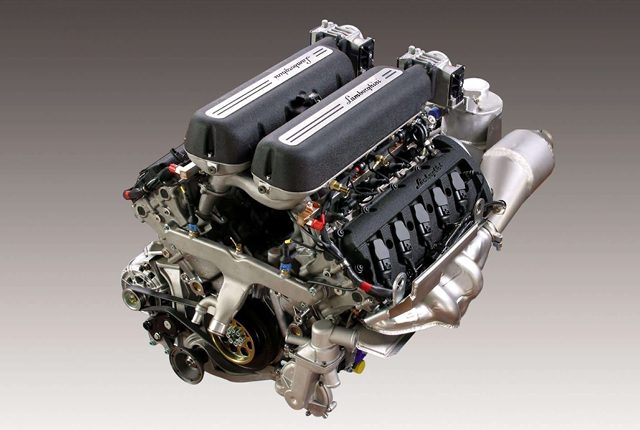
In the second half of the 1990s, Lamborghini were in financial trouble for the umpteenth time when they decided to approach Audi to borrow their 4.2-litre V8 to build a more affordable sports car. Lamborghini’s idea was to rotate it around by 180° and change the direction of the front differential to have an AWD setup like Audi’s Quattro, in reverse. However, after negotiations that lasted a few months, Audi (read Piech) decided that it would be a better bet to buy Lamborghini outright, rather than go through with the engine deal. Audi signed a deal on June 13, 1998 for an estimated $110 million (Rs 440 crore in 1998). Twenty years later, Mukesh Ambani spent nearly the same amount ($100 million) on his daughter’s wedding. Hmmm…

Audi’s idea to not use the 4.2-litre V8 for Lamborghini made sure the Gallardo was more special than the Audi R8, which initially came with only the V8, gaining the V10 later on. The Gallardo became the first-ever Lamborghini to cross the 10,000-sales mark, chalking up over 14,000 sales over the entire production run. The successor of the Gallardo, the Huracán, became the first Lambo to break 20,000. Though both of these cars have now been overtaken by the Urus SUV, that’s not the one you think of when you imagine a Lamborghini, do you? Lamborghini’s V10 sports cars packaged all the drama of the V12 cars in a more compact and friendlier package, and saved Lamborghini from oblivion. Here are the most significant cars to have featured the V10:
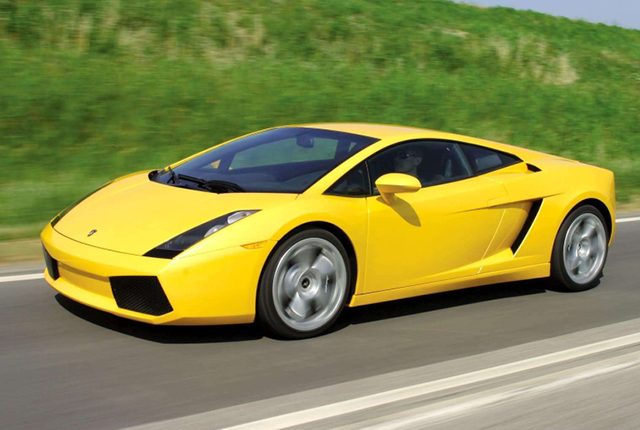
Gallardo
The car that started it all, the first Lamborghini developed with help from Audi. It saved the storied italian marque and launched it into a new era.
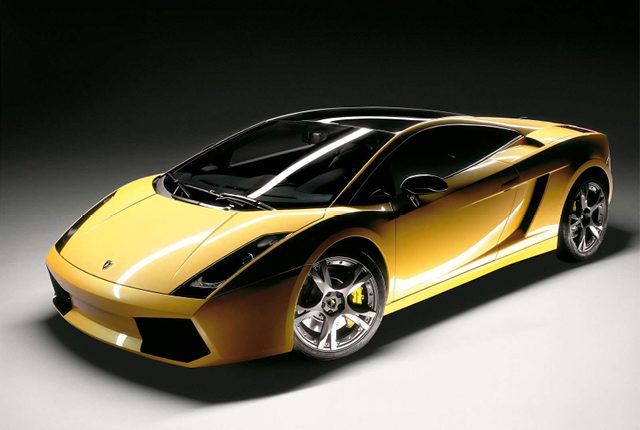
Gallardo SE
The SE had 20 more hp, sharper steering, stiffer suspension, new design for the air intakes and a sinister-looking black roof.
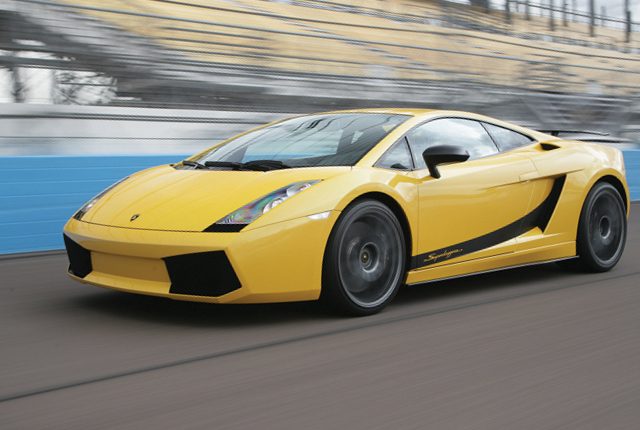
Gallardo Superleggera
The last 5.0-litre V10-powered Lamborghini, the Superleggera had a polycarbonate engine cover and magnesium wheels.

The 5.2-litre V10
No, it was not a bored-out version of the 5.0-litre, as evidenced by the bore spacing of the cylinder block, which changed from 88 mm to 90 mm for the 5.2 litre, and the 72-degree even firing interval changed to 54 and 90 degree odd firing intervals. The compression ratio was bumped up to 12.5:1 (from 11.5:1) as well. This engine is, in fact, derived from the 4.2-litre Audi V8 that Lamborghini originally wanted to use, as it shares the bore spacing with the V8.
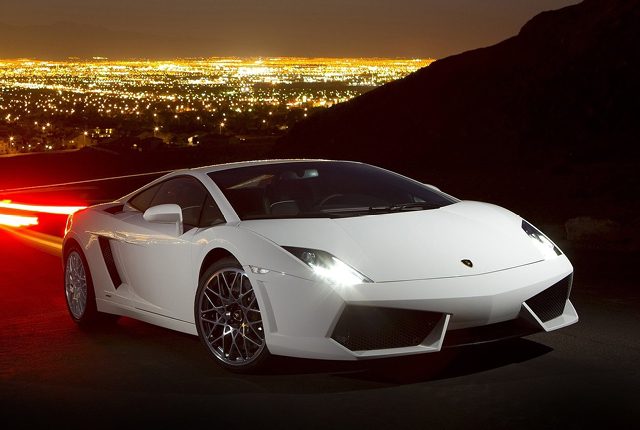
Gallardo LP 560-4
Lamborghini debuted the new V10 in style, with the refreshed Gallardo LP 560-4, and as the name suggests, it had 560 hp, 60 more than the original.
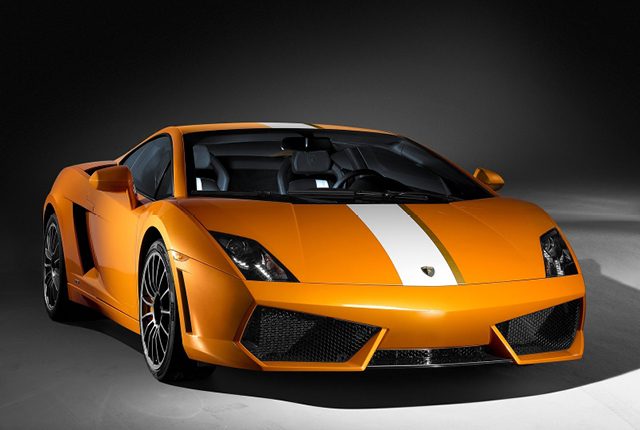
Gallardo LP 550-2 Balboni
Named after the legendary test driver of Lamborghini, Valentino Balboni, this one was RWD, with 10 less hp, but 120 kg lower in weight.

Gallardo LP 570-4 Superleggera
Selling in considerably higher numbers than the previous one, it had a more powerful engine and less weight, the simplest way to more speed.
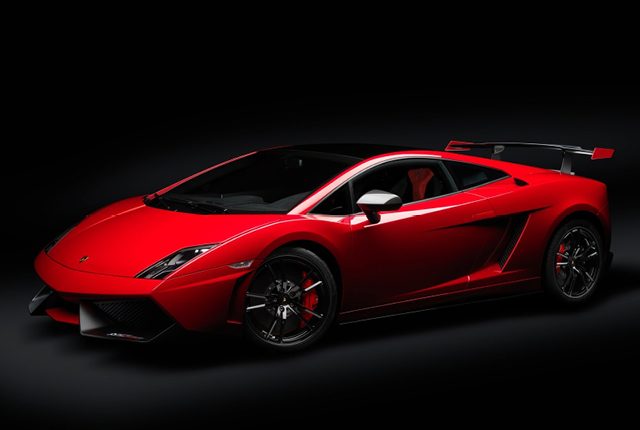
Gallardo LP 570-4 Super Trofeo Stradale
Inspired by the one-make racing series, it had a manually-adjustable spoiler and a quick-release carbon-fibre engine cover.
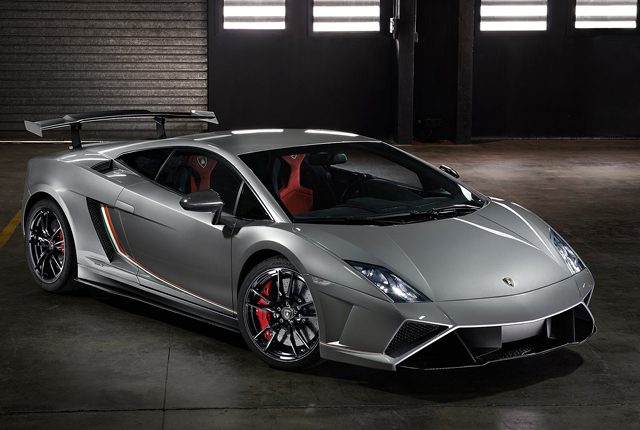
Gallardo LP 570-4 Squadra Corse
The final hurrah for the Gallardo before the Huracán, it combined the Superleggera with the rear wing and the same quick-release engine cover.
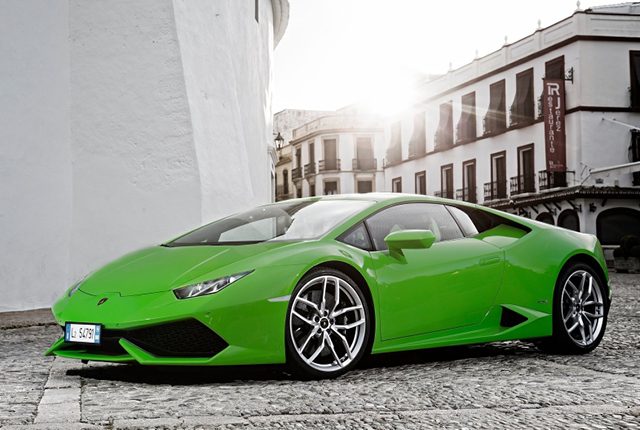
Huracán LP 610-4
The Huracán debuted with 40 more horsepower, but ditched the manual transmission and the e-gear for a dual-clutch automatic.

Huracán LP 580-2
The RWD Huracán came in, now a series production model with 30 less hp, but also 33 kg less weight.
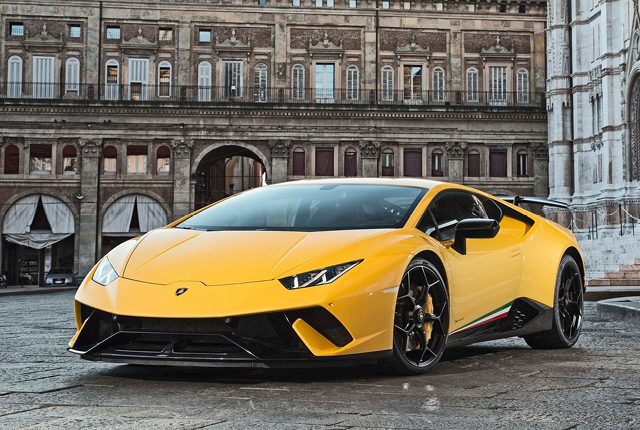
Huracán Performante
30 more hp, 40 less kg, and an active aerodynamic package called Aerodinamica Lamborghini Attiva (ALA).
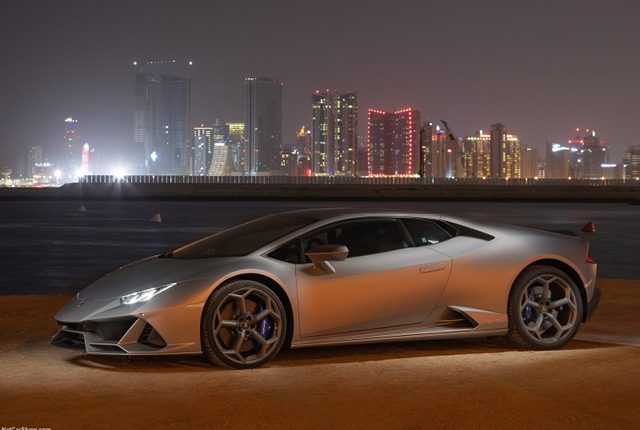
Huracán Evo
The Huracán Evo got the more powerful engine from the Performante, and brought in four-wheel steering.
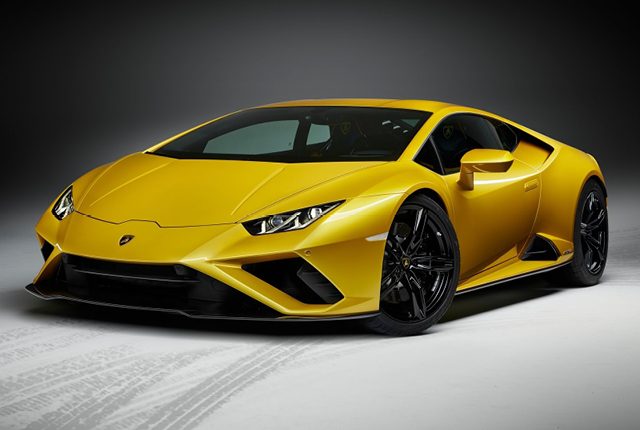
Huracán Evo RWD
The Huracán Evo RWD continued Balboni’s philosophy of pure driving thrills with 610 hp and 33 kg less weight than the AWD Evo.
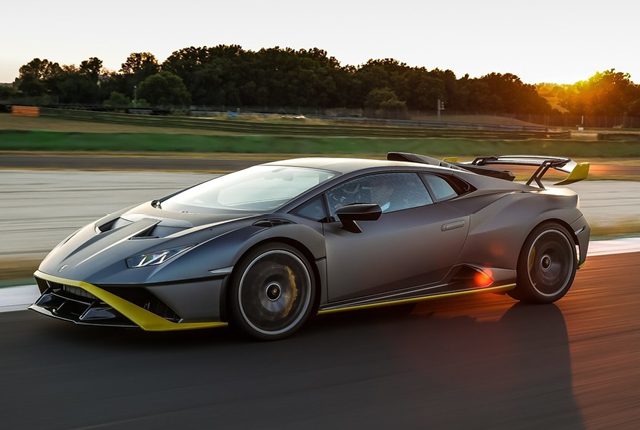
Huracán STO
The purest interpretation of the V10 Lamborghinis ever, the Huracán STO was a RWD monster with a one-piece front clamshell called the “cofango.”
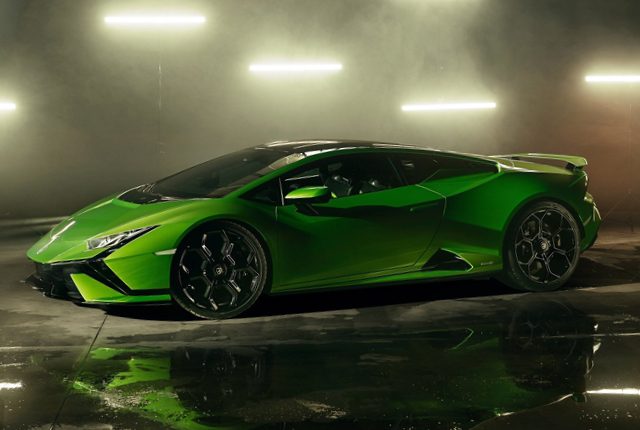
Huracán Tecnica
The GT3 Touring to the STO’s GT3 RS, so to speak, the Tecnica was a more road-orientated but still pretty extreme RWD V10 machine.
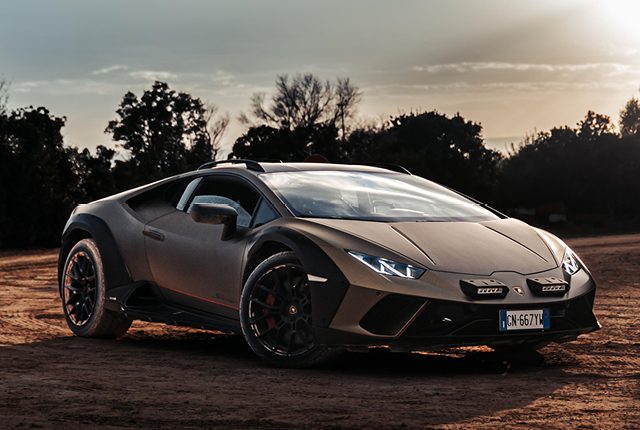
Huracán Sterrato
Lamborghini went bonkers and jacked up the Huracán, added underbody guards, light pods, and bespoke off-road tyres to create the only V10 off-road supercar.

Huracán STJ
The run-out special V10 Lambo, the Huracán STJ replaces the STO’s active suspension system with four-way adjustable shocks and adds a more hardcore rear wing.
Special mentions:
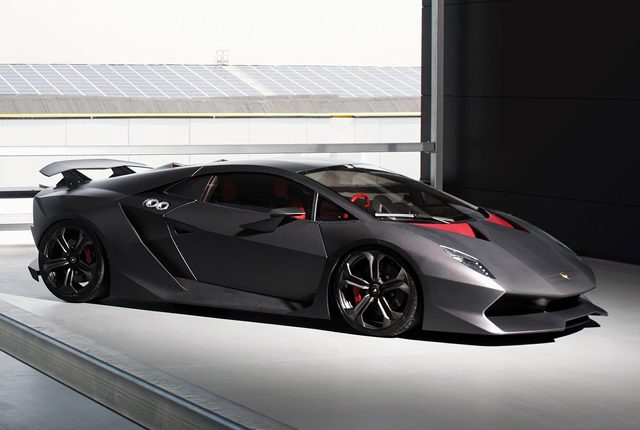
Sesto Elemento
Weighing in at just 999 kg, it is a super-light, ultra-limited Lamborghini, named after the sixth element—carbon, owing to the extensive use of carbon-fibre.
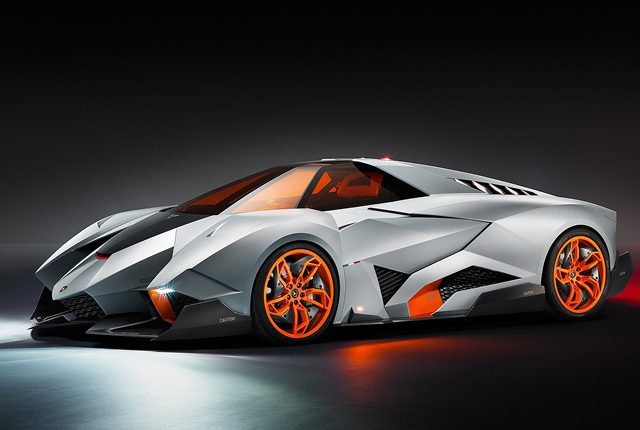
Egoista
A single-seater concept, it reportedly cost $117 million (roughly Rs 977 crore) to build thanks to anti-radar material used in its construction, weighed 950 kg, and it was RWD.
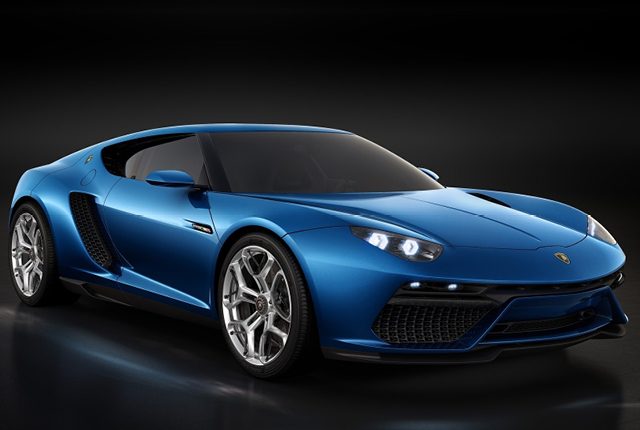
Asterion LP 910-4
The Asterion previewed the future as it had a total system output of 910 hp, and was a PHEV with 50 km electric-only range.


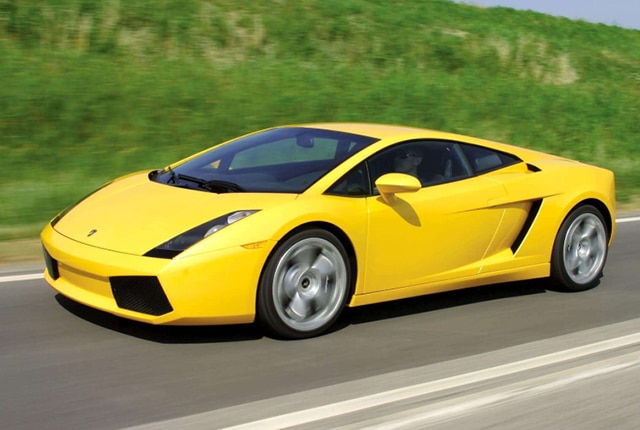


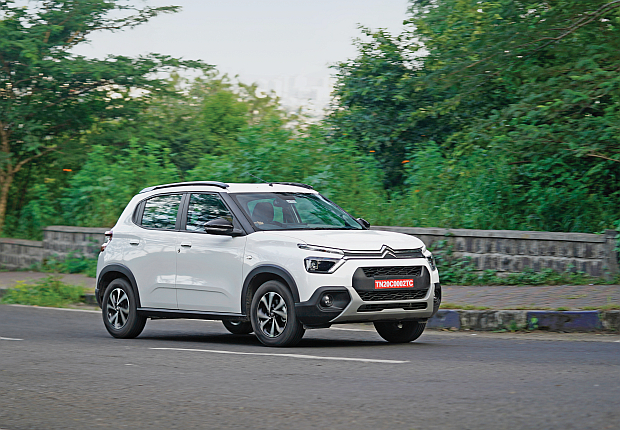


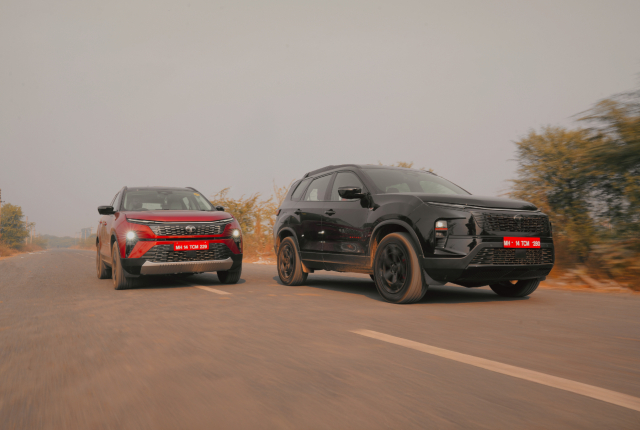
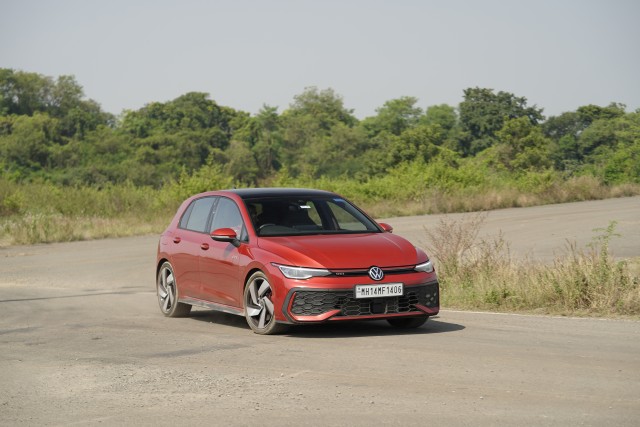


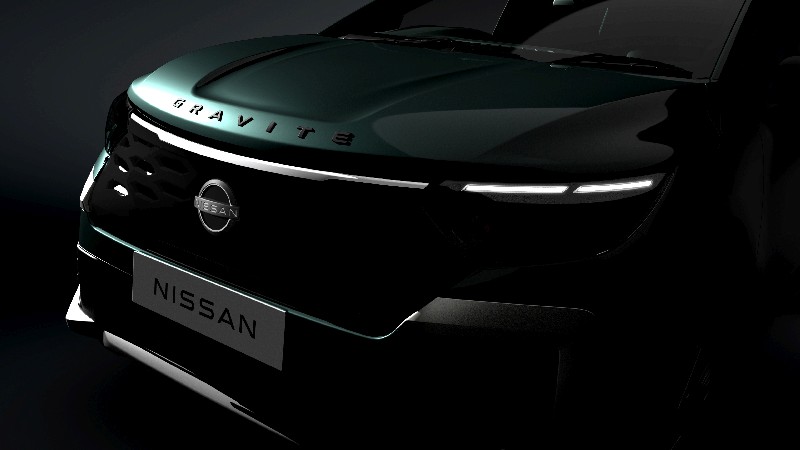
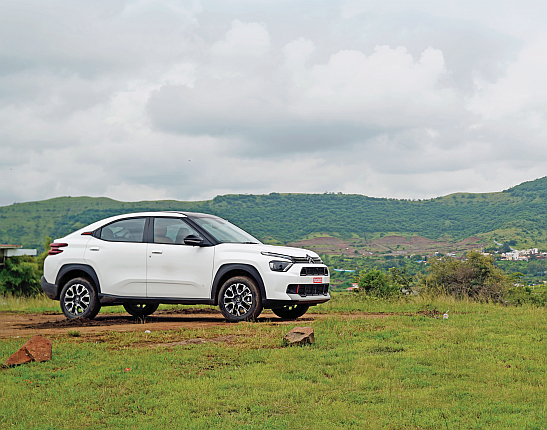
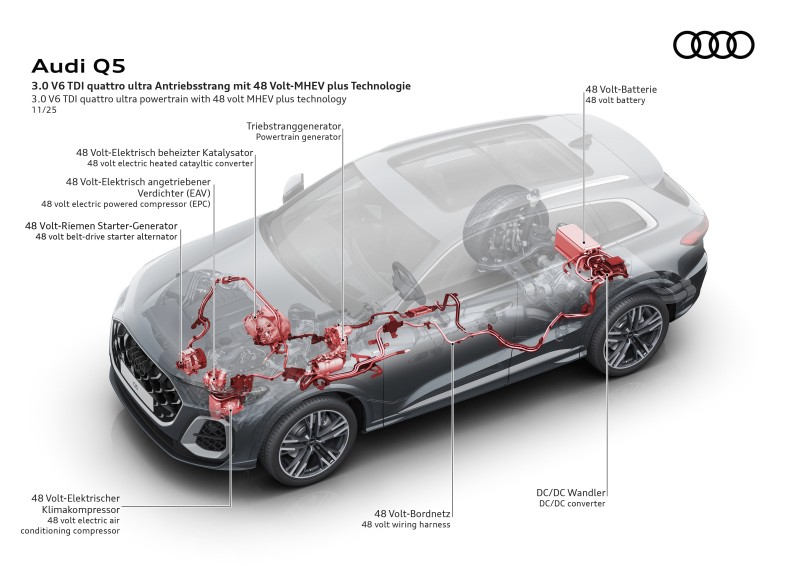
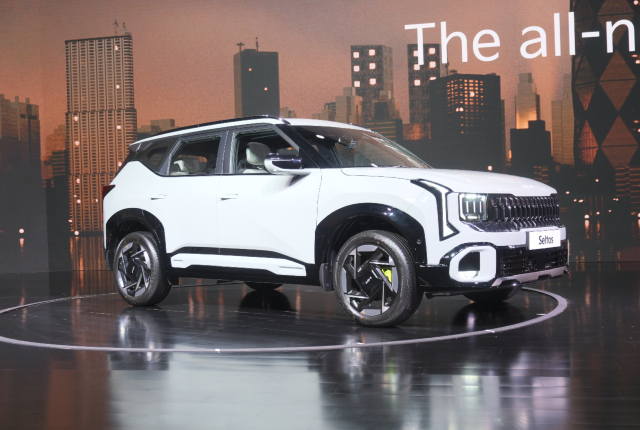
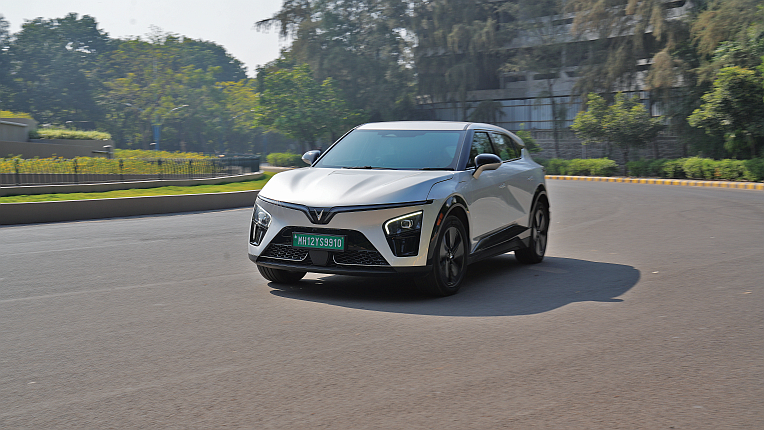
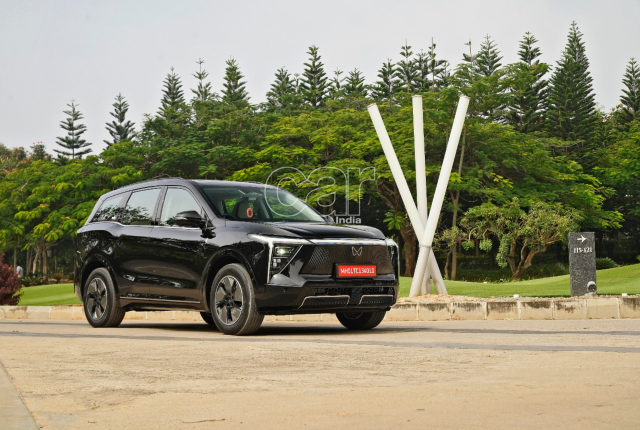
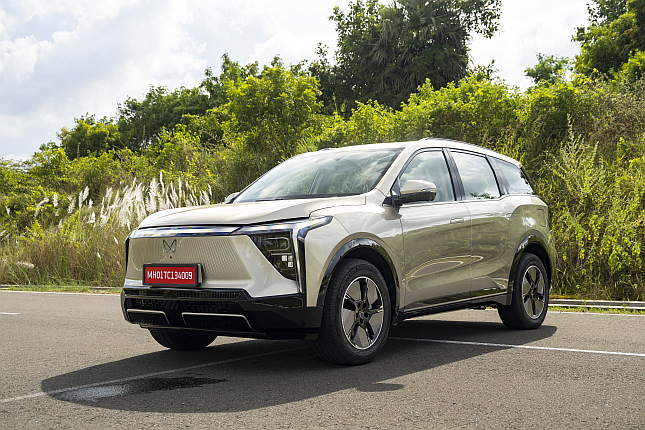

Leave a Reply